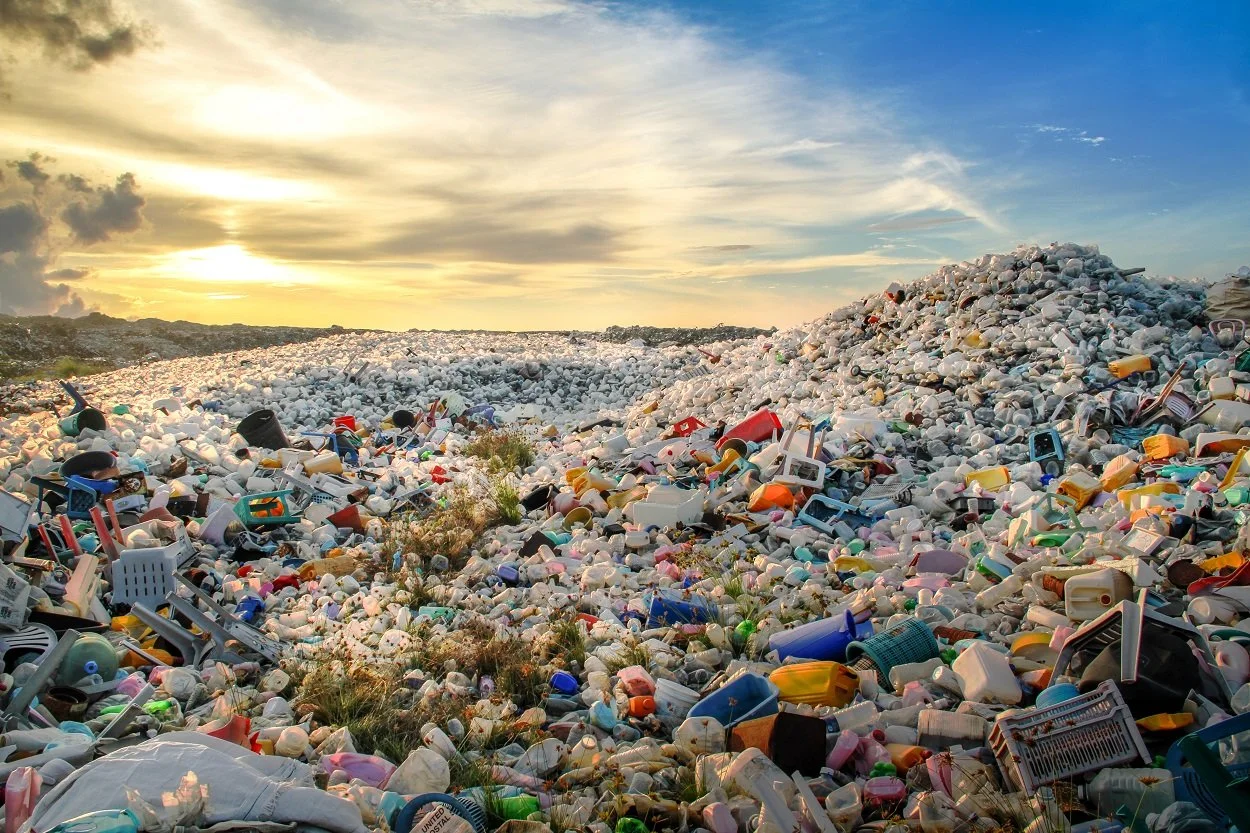Breaking, a new venture in collaboration with Harvard and the Wyss Institute, is claiming that a new discovery, Microbe X-32, can naturally break down polyolefins, polyesters, and polyamides in just 22 months.
Based on a 2022 study, approximately 400 million tons of plastics are produced each year, with an average increase of 1.6% annually.
Plastics, including microplastics, are now ubiquitous in our natural environment, and have left a “Plasticene” marker in the geological record of our epoch.
However, according to researchers from Breaking, Microbe X-32 is capable of breaking down various plastics that are challenging to degrade into our existing recycling processes. The microorganism can also use multiple major types of plastic as the sole carbon and energy source for its growth.
According to a representative of Breaking: “We’ve discovered microorganisms that naturally feed off the chemicals and compounds in waste by digesting and breaking them down into harmless organic matter. And now we’re enhancing these microorganisms and releasing them worldwide to tackle the decades of debris scattered across our landfills and oceans.”
Microbe X-32 has been incubated in Colossal Labs, a joint project to preserve the planet through the de-extinction and protection of keystone species, in conjunction with Harvard and the Wyss Institute.
By enhancing the microbe using genetic engineering, scientists hope to enhance the plastic-degrading capabilities so that Microbe X-32 can degrade even the most resilient types of plastics.
As well as waste management, Microbe X-32 can generate biomass from the biomolecules, which could be used in the production of biofuels and high value chemicals.
Microbe X-32 is still in its early stages, but the scientists at Breaking claim that this could be the key to unlocking a cleaner, greener future, one microscopic bite at a time.
Header Image Credit : Shutterstock
Sources : Breaking





